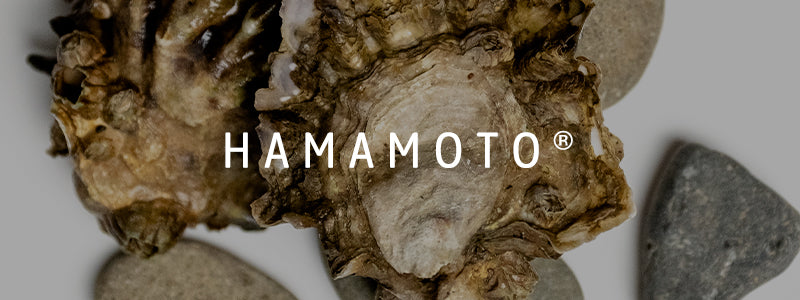Oyster Flavor Profiles
Oyster Flavor is tricky to describe: it's elusive, mysterious, and a bit other-worldly, and every oyster (and every oyster eater) is unique. So take our flavor descriptions with a few grains of salt, or maybe a squeeze of lemon, because ultimately the best way to improve your oyster palate is just to begin slurping.
Below you'll find a list of oysters and links to their flavor profiles. Before we begin, a few notes:
1. Sourcing: We farm oysters at our main site along Hood Canal and at beaches we lease around the Puget Sound. We also source oysters from small-scale family farms for resale to chefs and consumers across the country - we call these our "partner farms."
2. Naming Guidelines: Our Pacific oysters are named based on how and where the oysters were grown. By "how" we mean: was it tumbled or beach grown? The "where" is important to us because every growing location has a different flavor and season. We call this naming philosophy "method and merroir." Keep in mind that there are no regulations on oyster naming, only harvest locations... every company names their oysters a little bit differently.
A caveat: we, like most companies, sell Kumamotos and Olympias by their species name regardless of where they were grown. (Although we have named our Kumamotos, more on that below). The flavor of these species seems less sensitive to growing area, although we would love to have enough of these species available simultaneously to put that theory to the test. (Curious about the difference between oyster species? We've got a guide!)
Our Fresh Sheet (sent to our chef customers twice a week via text or email) changes regularly as we adjust our harvest schedules to meet demand and try to catch each variety at peak quality. Our goal is to offer a 3-5 varieties of Pacific oysters at any given time, from growing areas around the Puget Sound.
Oysters We Grow
Partner Farmers


















